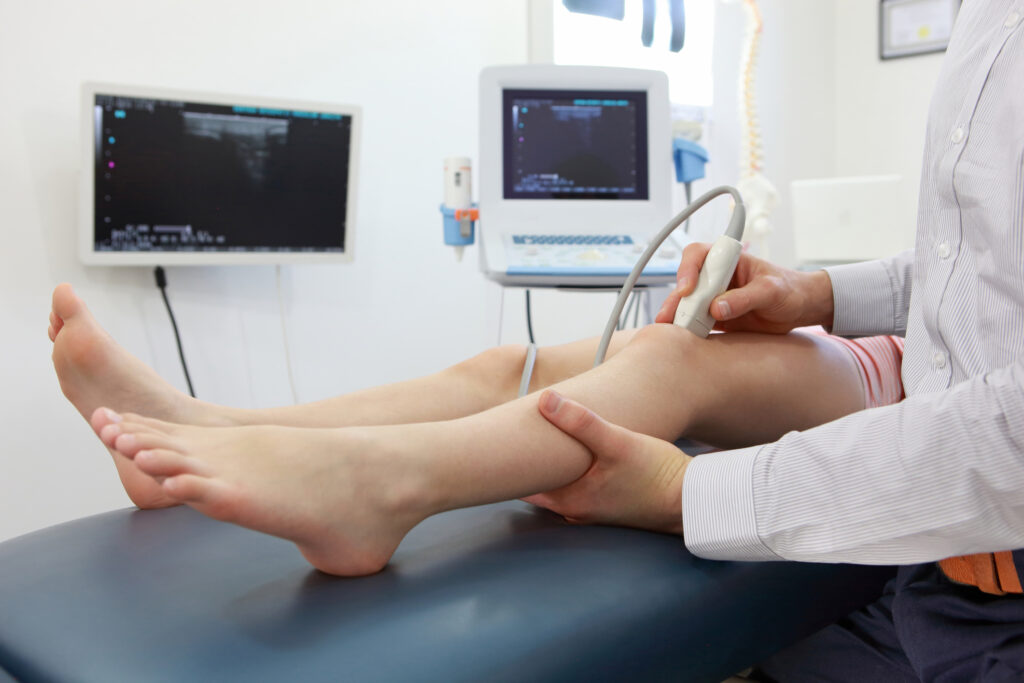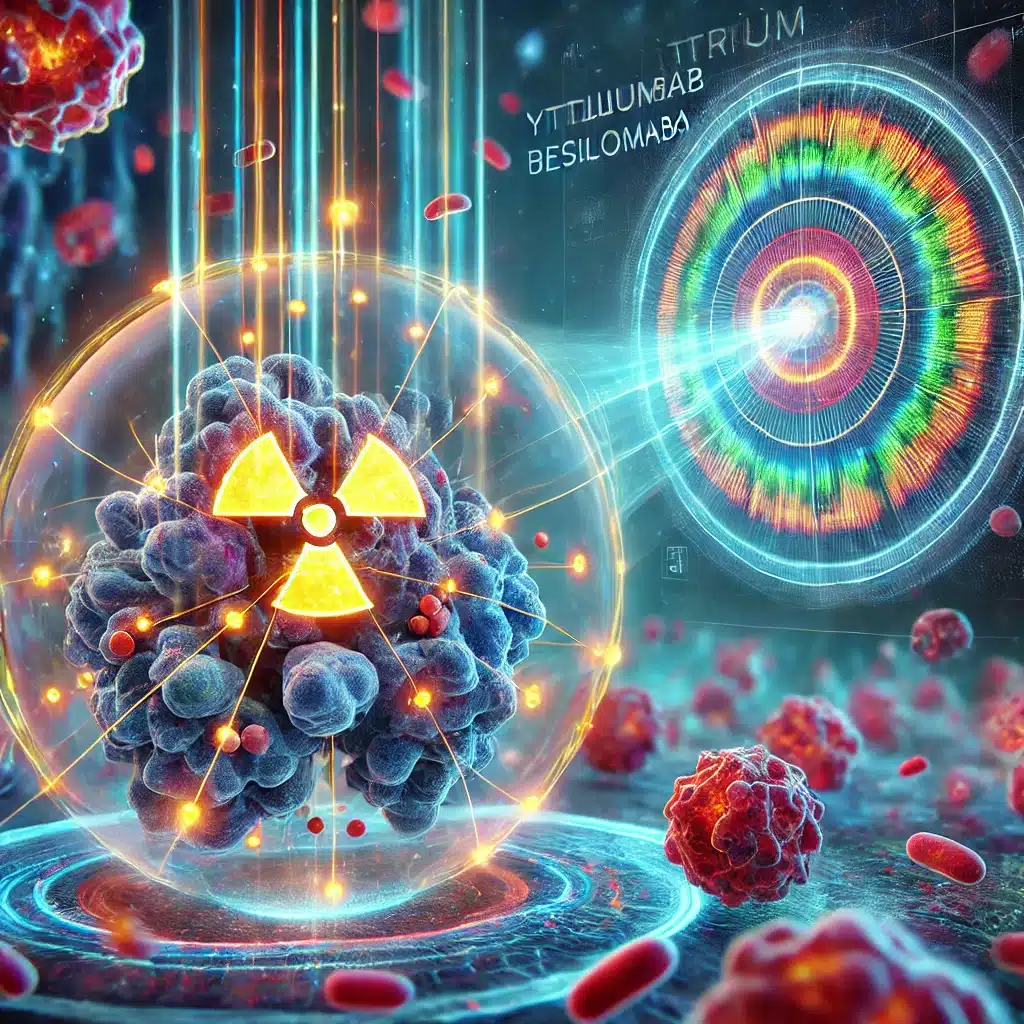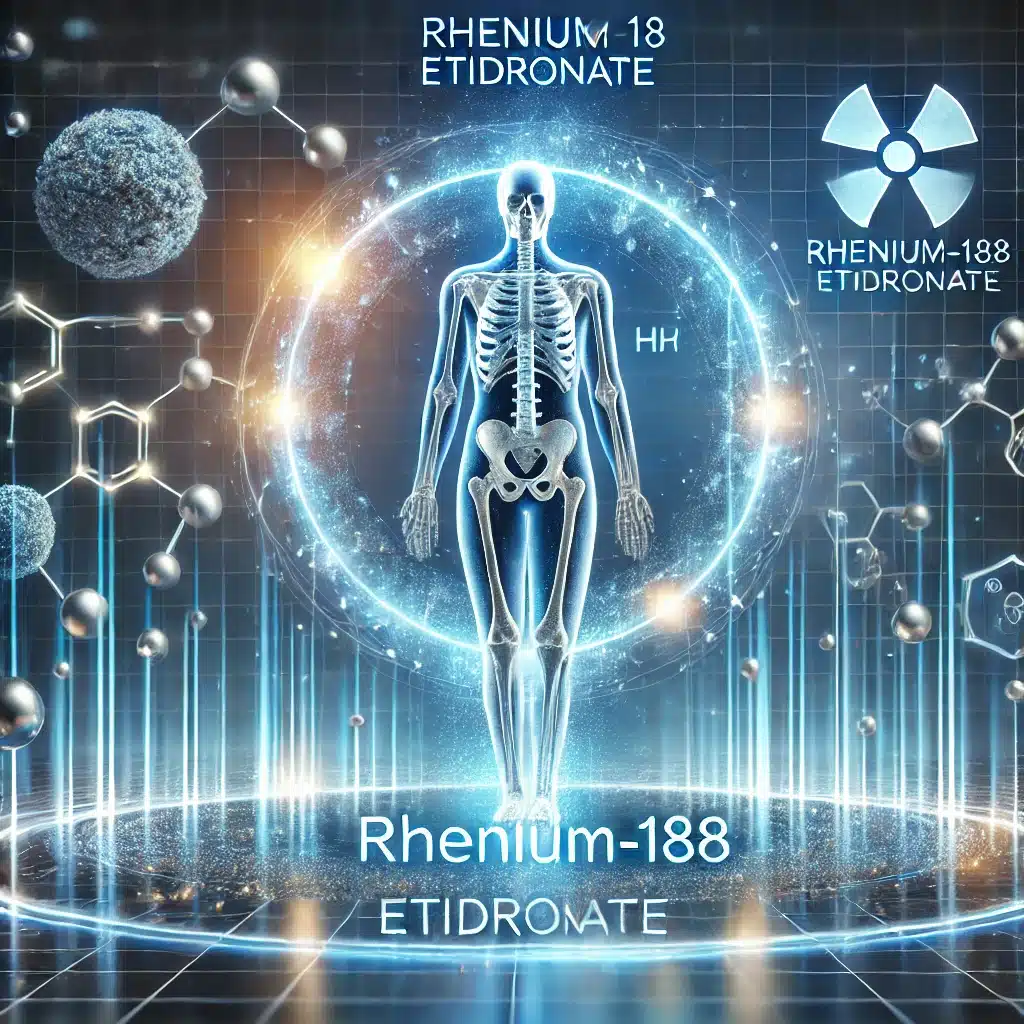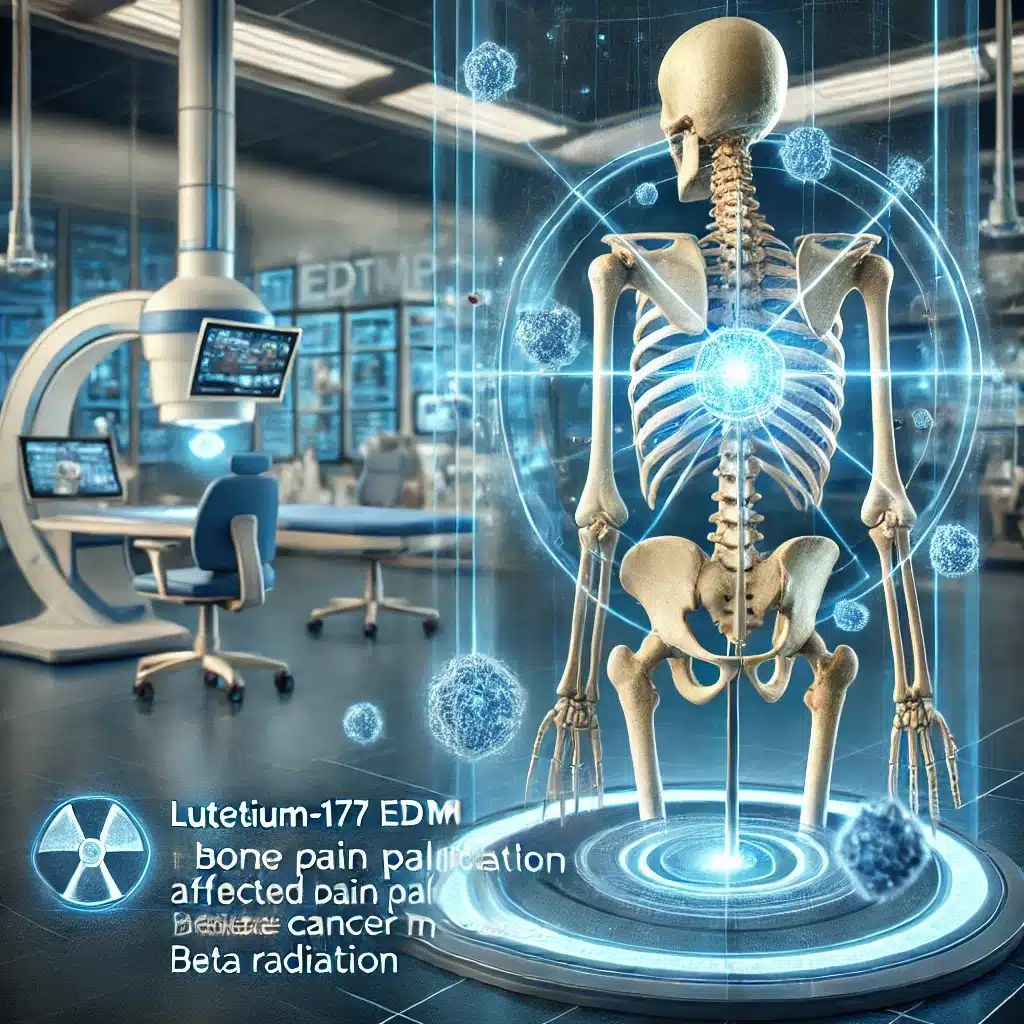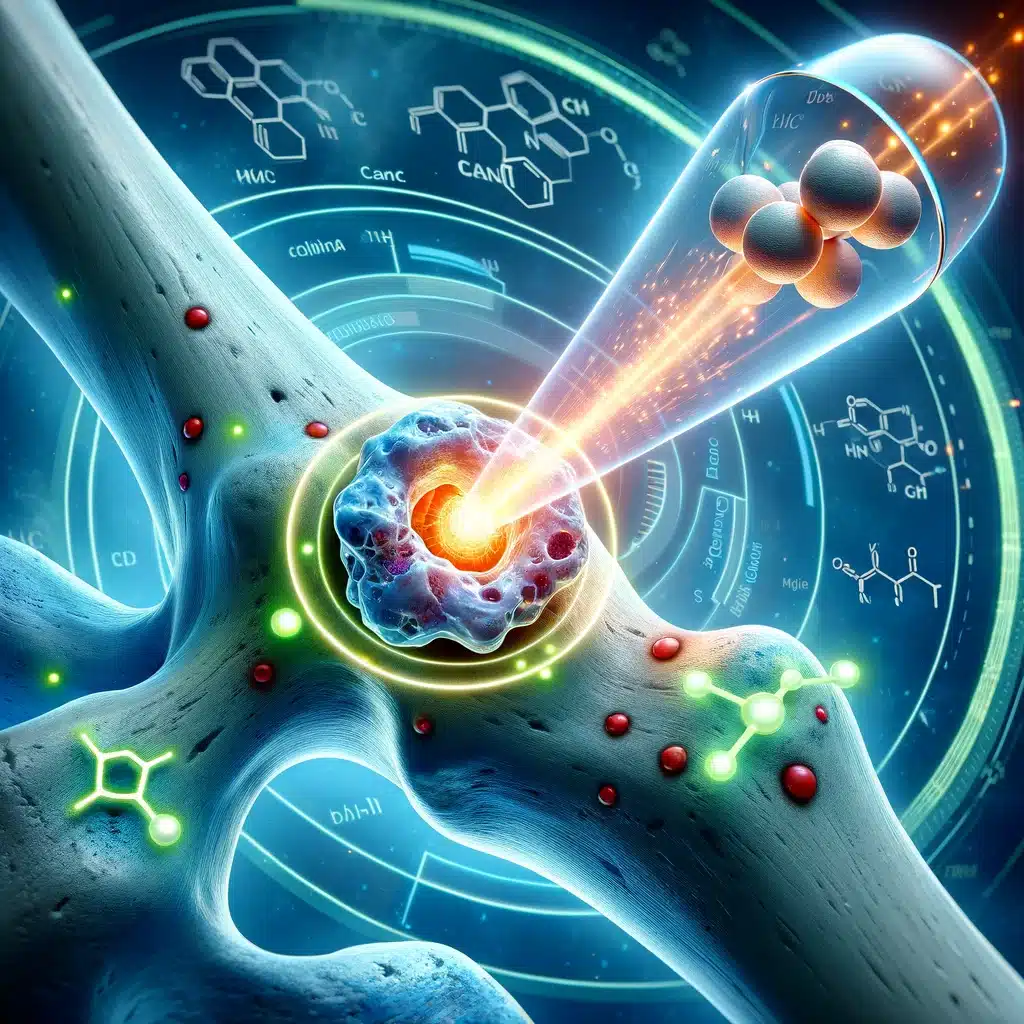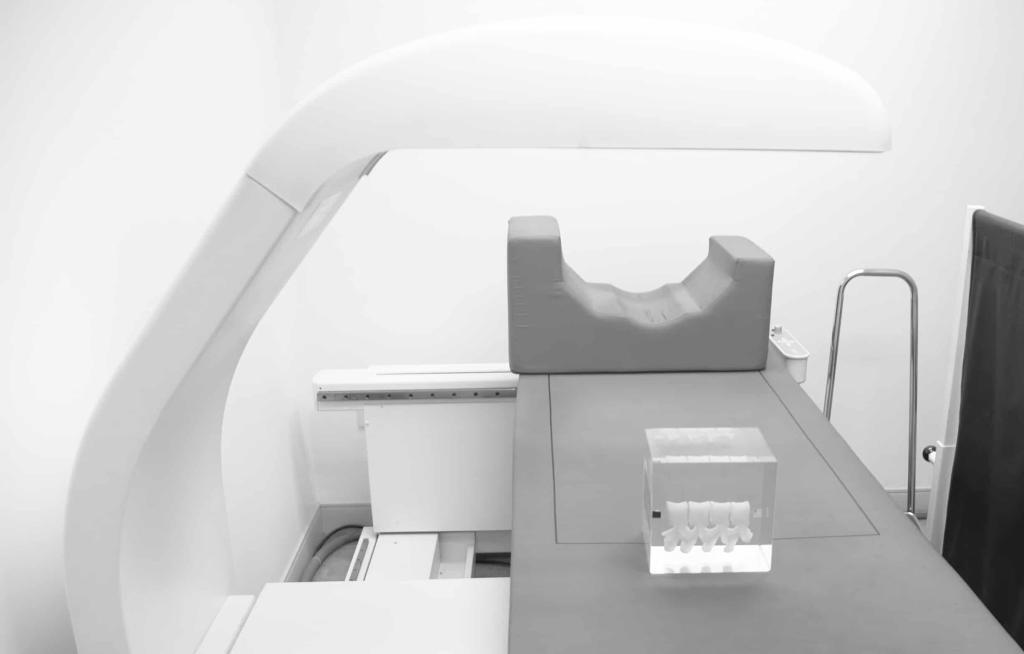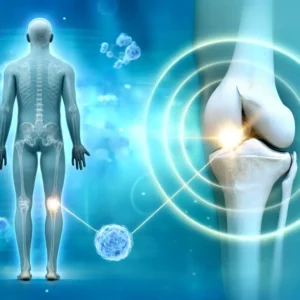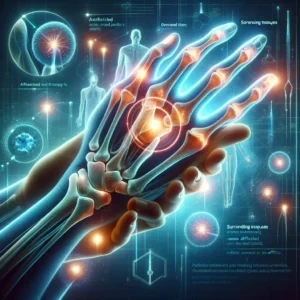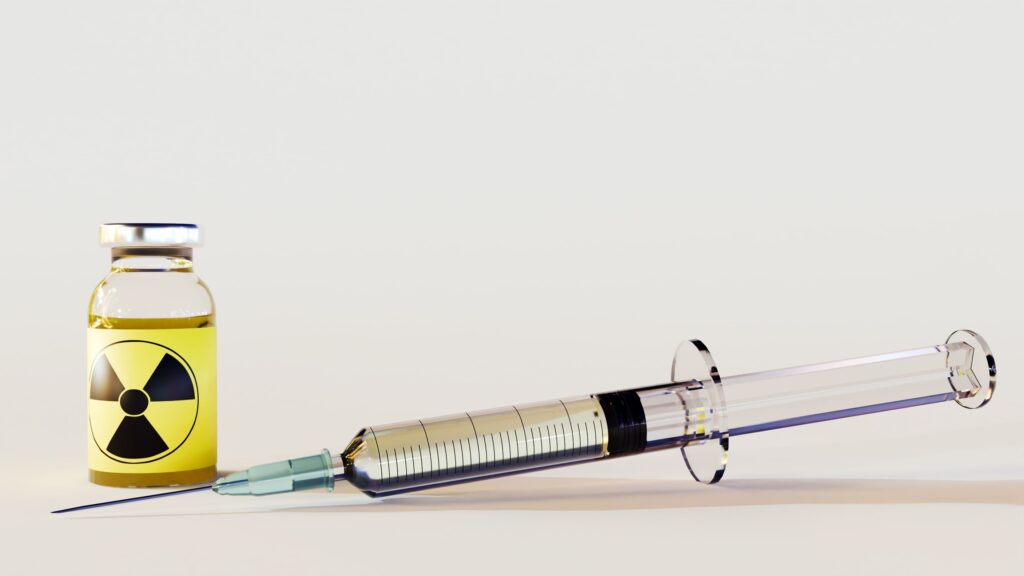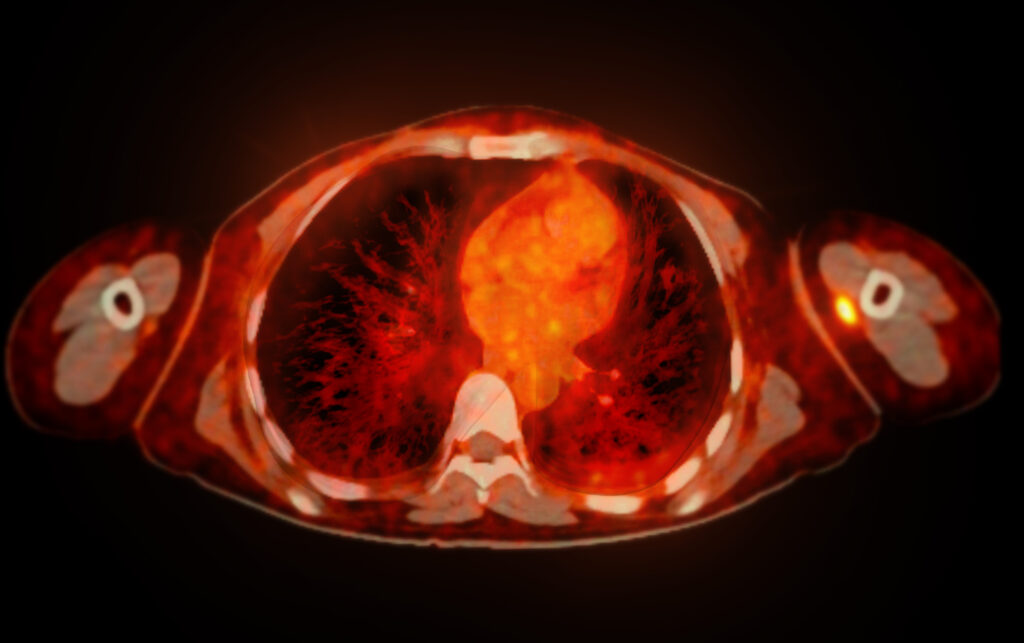Bone Imaging
Bone imaging is a noninvasive method for diagnosing and evaluating various bone conditions and diseases. It uses different imaging techniques, such as X-ray, magnetic resonance imaging (MRI), computed tomography (CT), and nuclear medicine imaging.
Bone imaging can help detect abnormalities, fractures, infections, tumours, and other conditions affecting the bones. X-ray imaging is widely used in bone imaging and uses a small amount of radiation to create images of the bones. X-ray imaging is instrumental in diagnosing fractures, bone density measurements, and bone tumours.
However, it has some limitations, as it can only provide two-dimensional images and not show the soft tissues surrounding the bones. CT imaging is another bone imaging technique that uses X-rays and computer technology to produce detailed cross-sectional images of the bones. CT imaging is advantageous in diagnosing complex fractures, bone tumours, and infections.
CT imaging can also be used to evaluate bone density and for pre-surgical planning. MRI uses radio waves and magnetic fields to generate detailed images of the bones and surrounding soft tissues. It is beneficial in evaluating bone tumours, infections, and osteoarthritis and can also detect abnormalities not visible on X-rays or CT scans.
However, it is relatively expensive and time-consuming compared to other bone imaging modalities. Nuclear medicine imaging is a specialised imaging technique that uses radioactive material to evaluate bone function and metabolism.
The most common nuclear medicine bone imaging technique is bone scintigraphy, which uses a radiopharmaceutical injected into the bloodstream. The radiopharmaceutical accumulates in areas of high bone turnover, such as sites of injury or infection. Bone scintigraphy is particularly useful in diagnosing bone metastases, infections, and stress fractures.
You are here:
home » bone imaging

